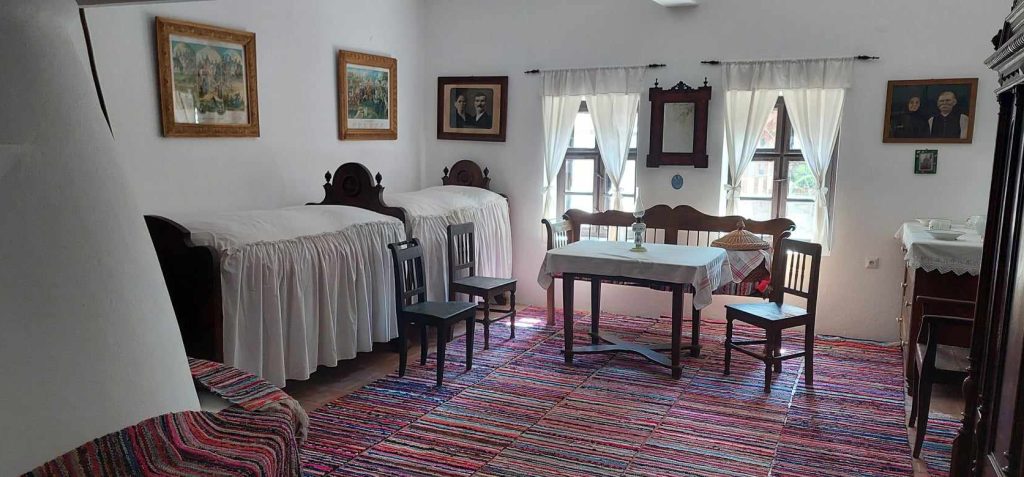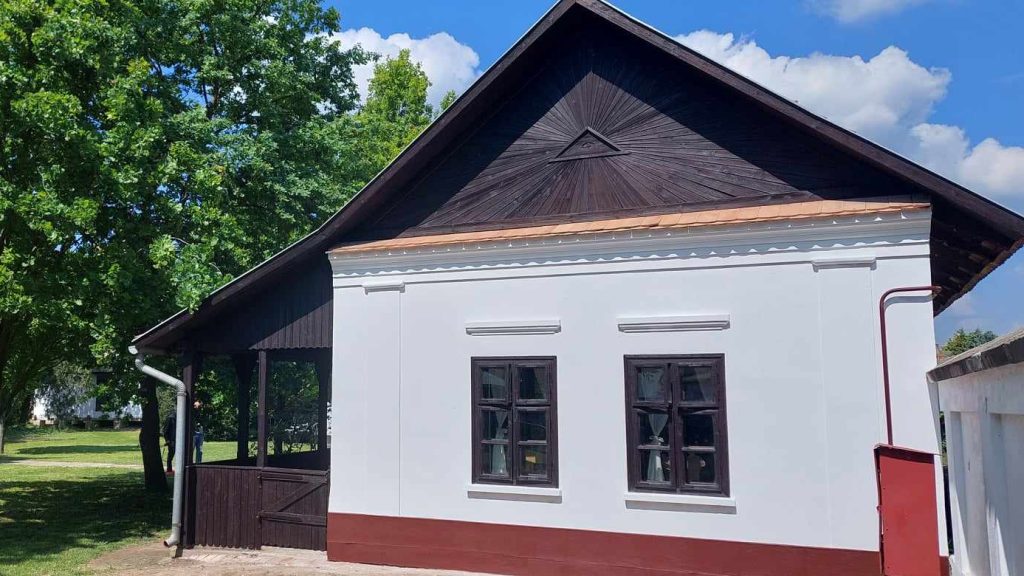The onion house is the most popular permanent exhibition in the Makó open-air museum.
Those interested were treated to a surprise at the open-air museum in Makó, Délmagyar .
The József Attila Museum in Makó did not organize a special program for the Day of Landscape Houses this year, but a spectacular change took place in the open-air museum. The onion house showing an important part of the city's past has been renovated.
The onion house is an exact replica of a farmhouse with a porch that once stood on Aradi Street: it was the birthplace of Ferenc Erdei, a sociologist and politician from Makó, built in 1793 and rebuilt in 1896. It was built by Ferenc Erdei's great-grandfather, onion growers lived in similar houses at that time. The building was handed over in 1990, in the time that has passed since then, the roof has been renovated and the exterior and facade have been painted, but the interior walls have not been painted. Now this has been replaced by the people of Mako.
With this, we also tried to reach back a little to the traditions, since in the past it was the custom to empty the clean room on St. Joseph's Day and call in painters
museum director Zsuzsanna Szikszai told the portal.
The exhibition in the building has not changed much, but the furniture and textiles have been cleaned and conserved.

József Attila Museum
The clean room shows the conditions in which the onion farmers spent their daily lives. A special element of the exhibition is the nationally unique onion grid made of reed fabric, which, attached to the beam and placed above the oven, was used to dry the onion heads. Each grid can hold 4-5 onions.
In the other rooms of the building, the former tools of onion cultivation can be seen, as well as the historical process of how the Mako onion became world famous.
Featured image: József Attila Museum/Facebook













